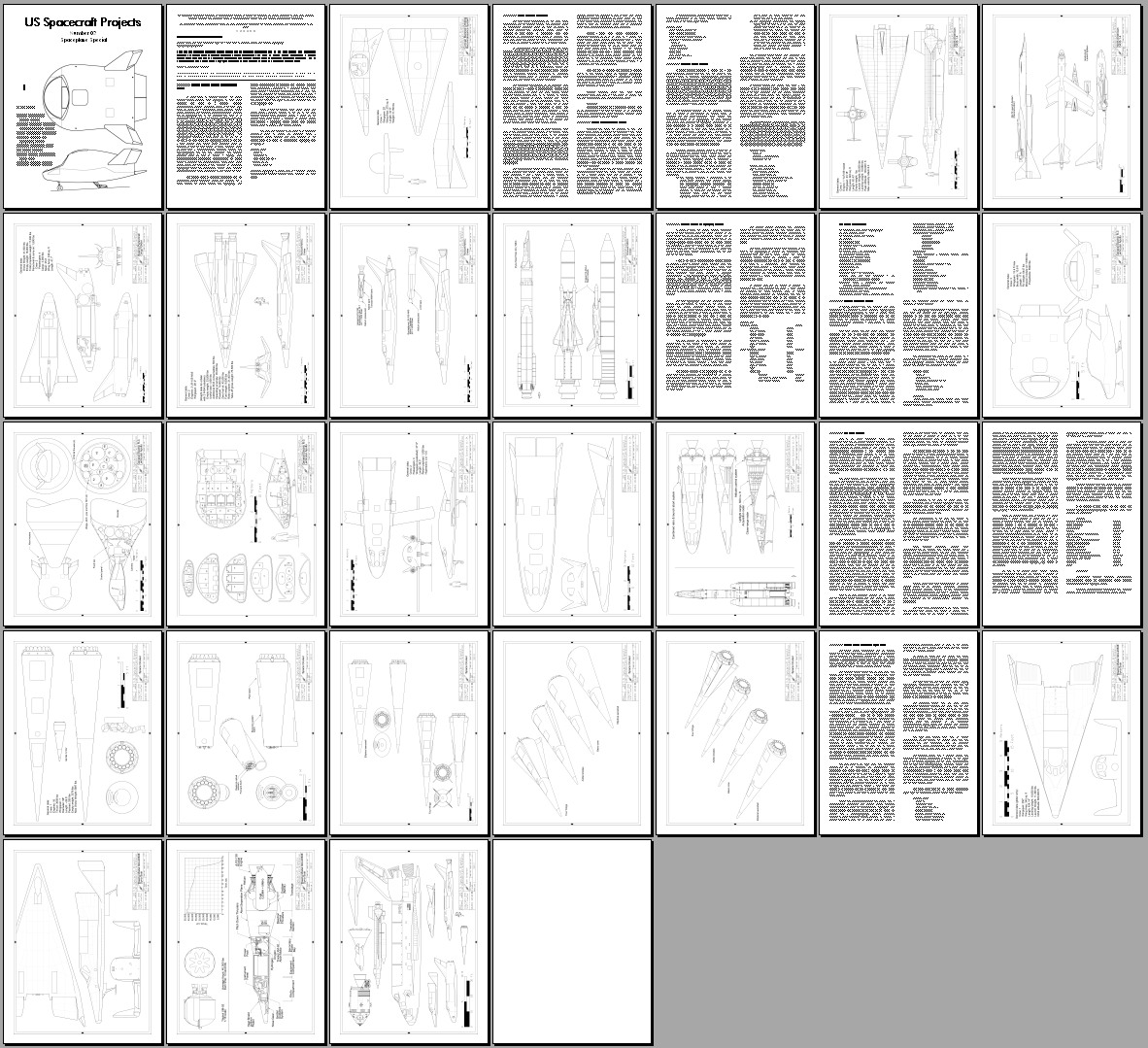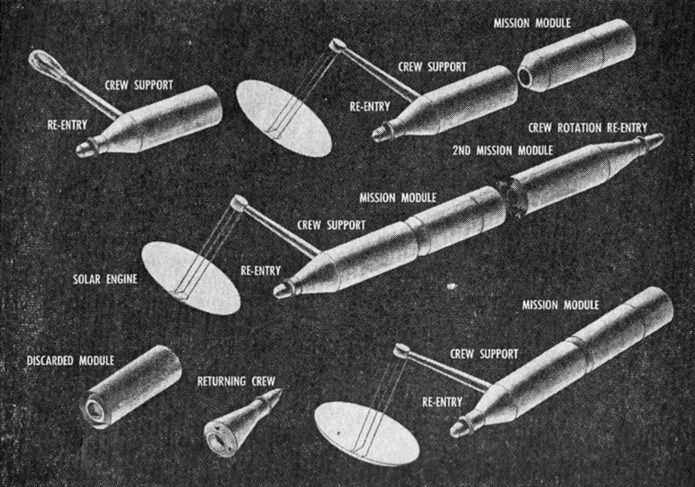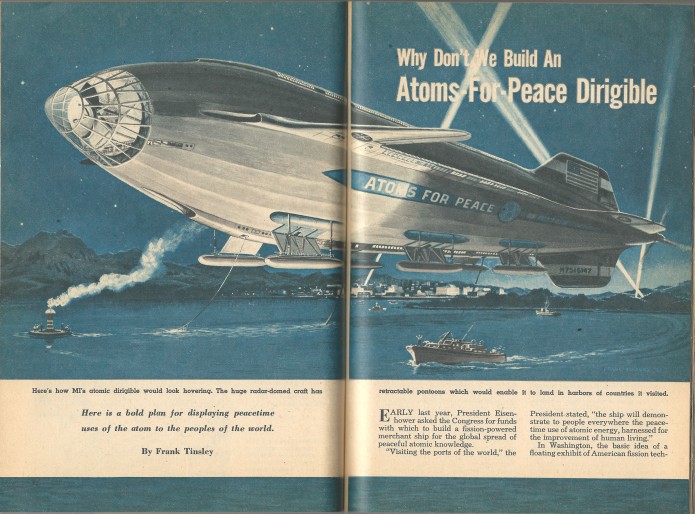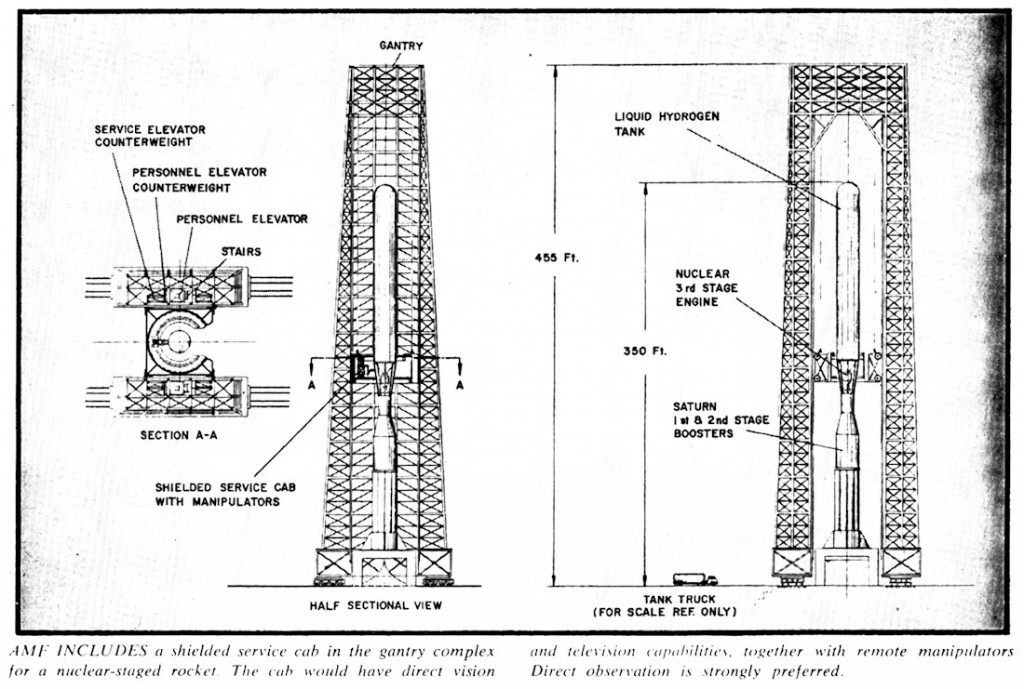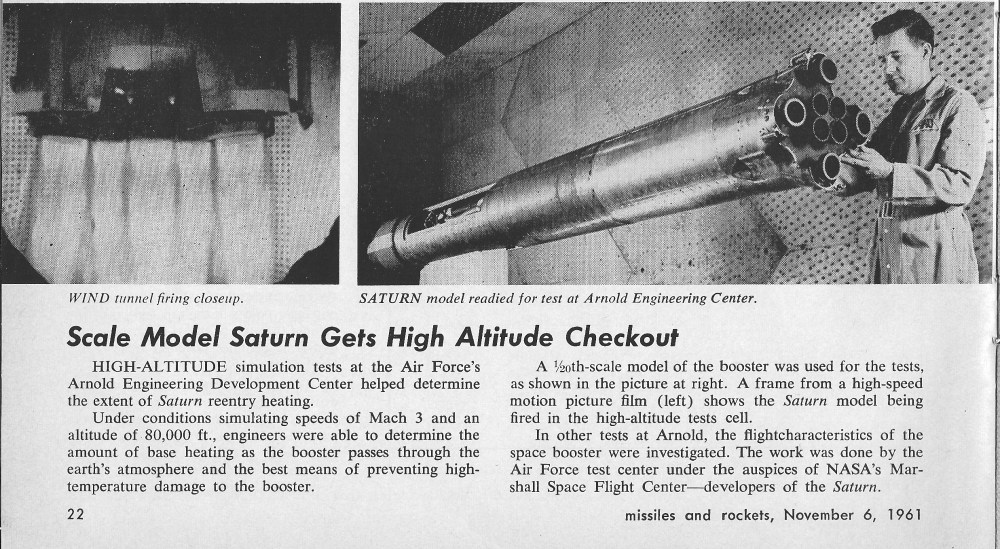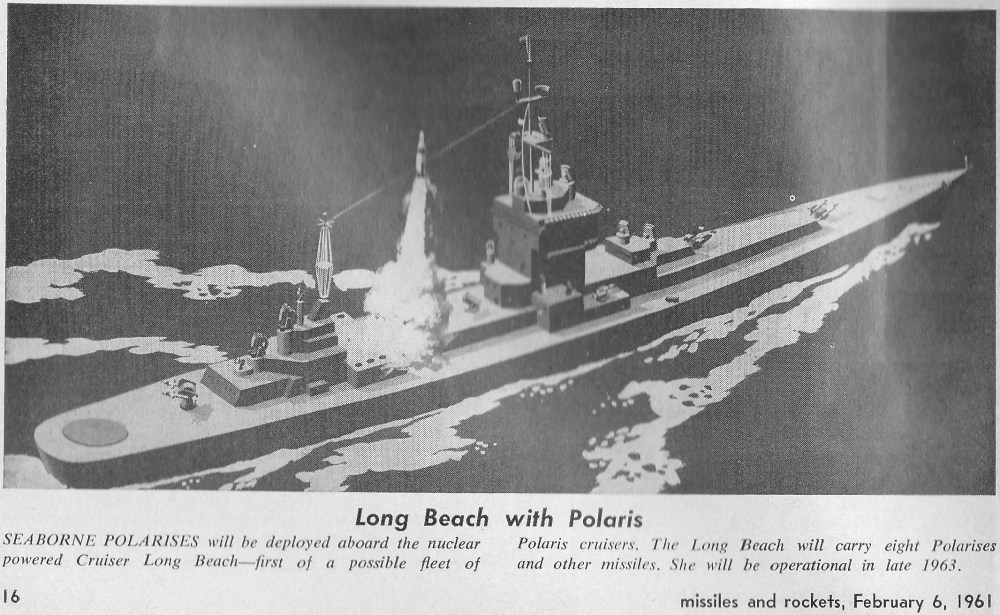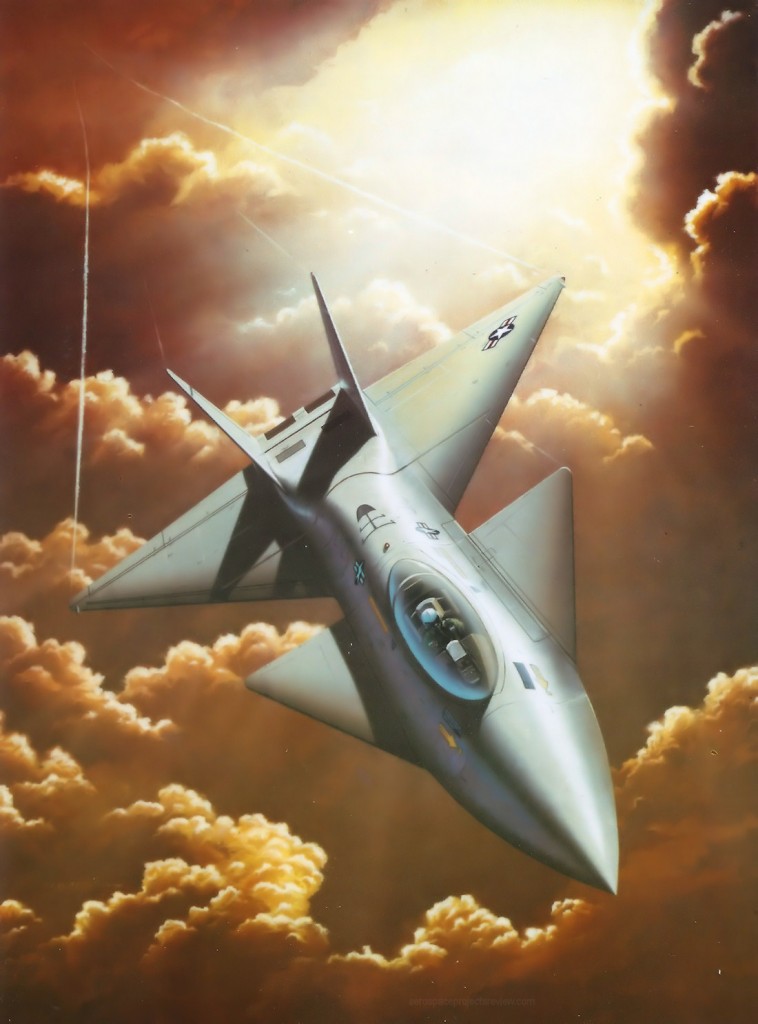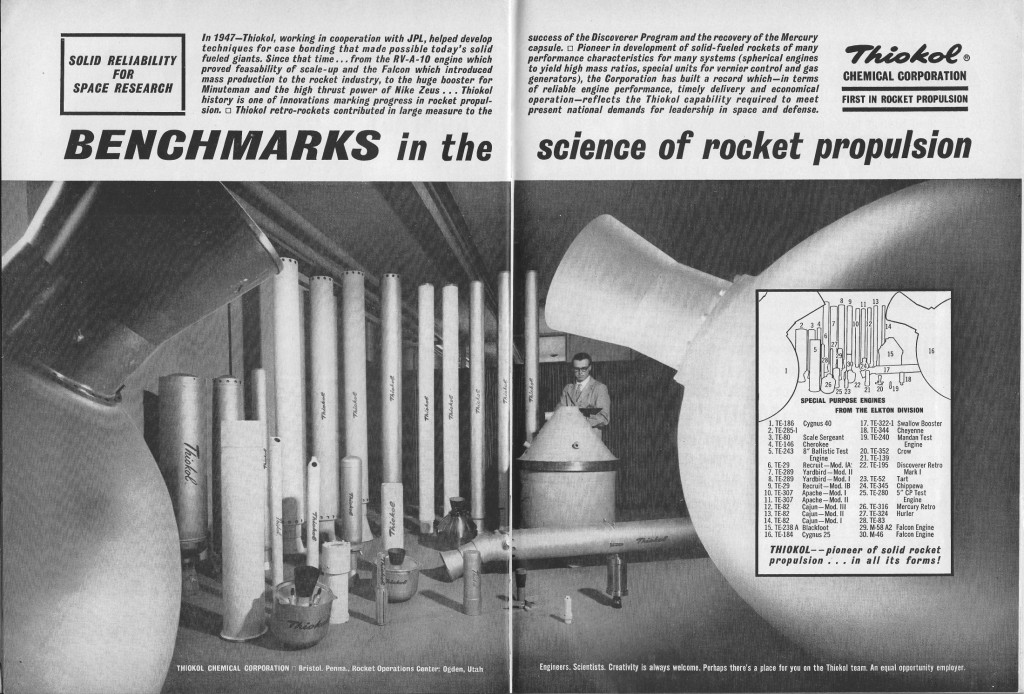A Ryan concept for recovery of the Saturn I first stage. Somewhere around here I have a report on using such a system to recover a Saturn I used to launch a Dyna Soar…
The idea was that the stage could glide back to a runway landing in Florida. As memory serves, in order to pull that off some propulsive capability was needed, such as restarting the engines and doing a retro-burn while still above the sensible atmosphere. The stage would return unmanned.

